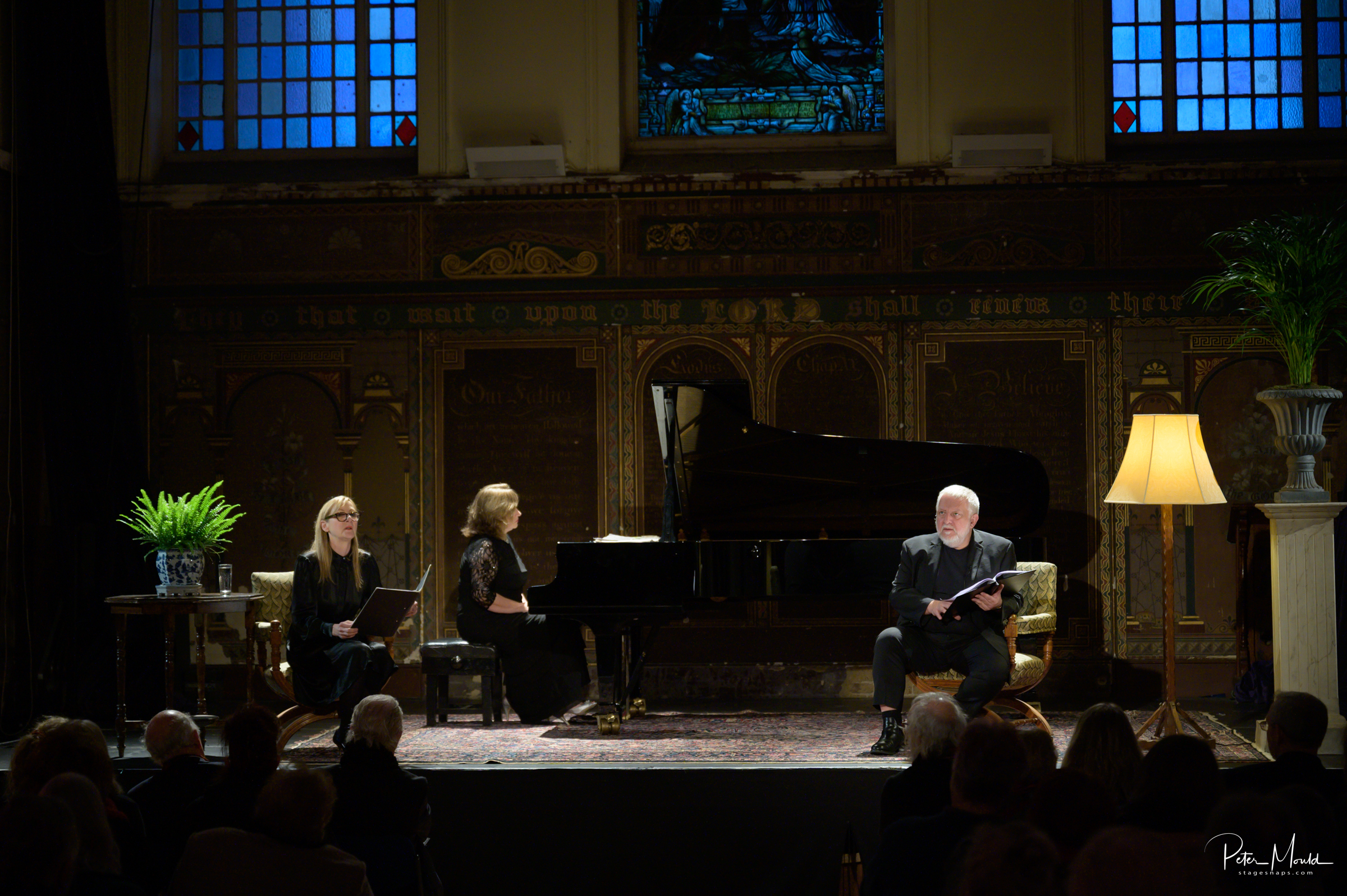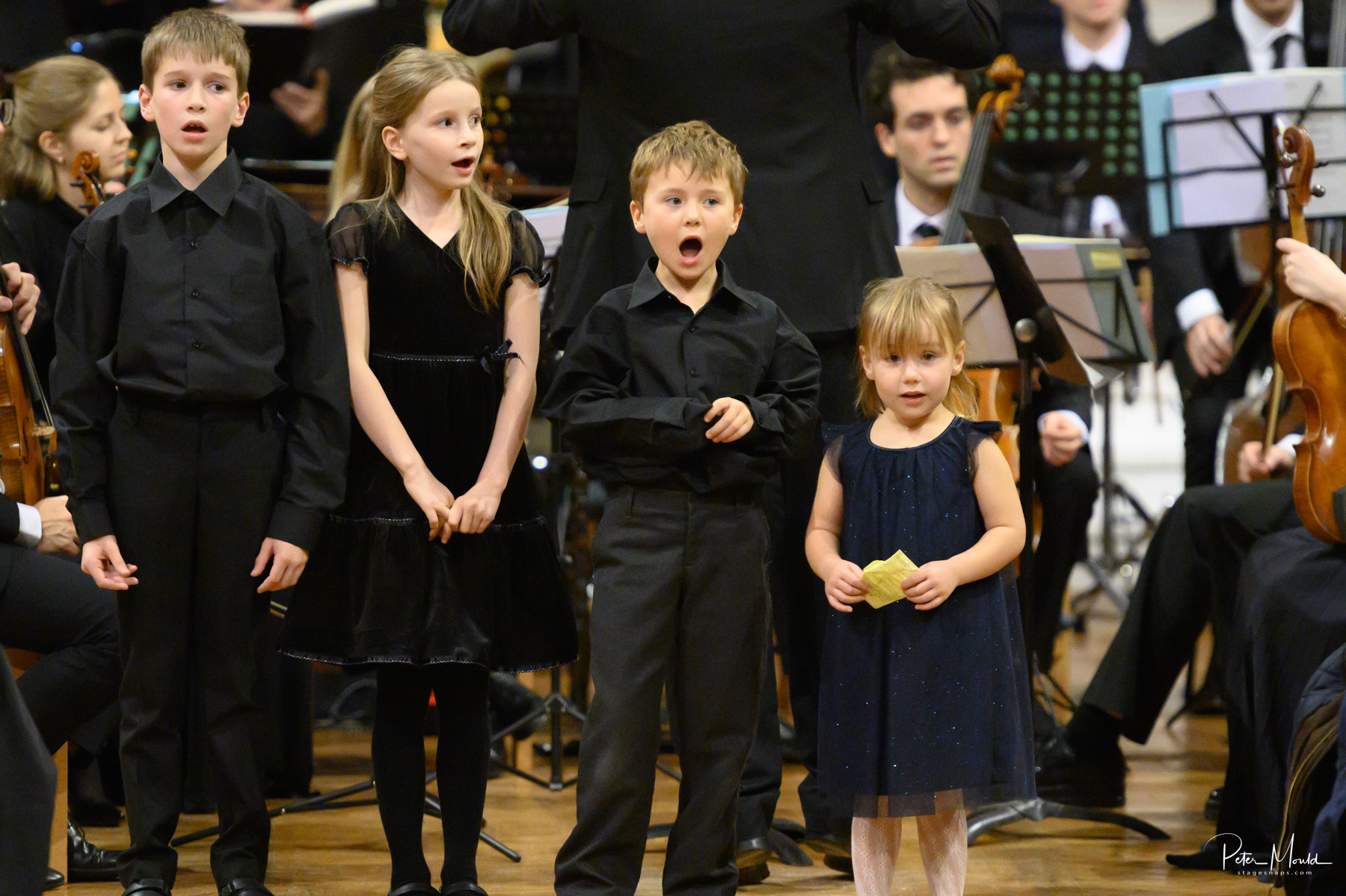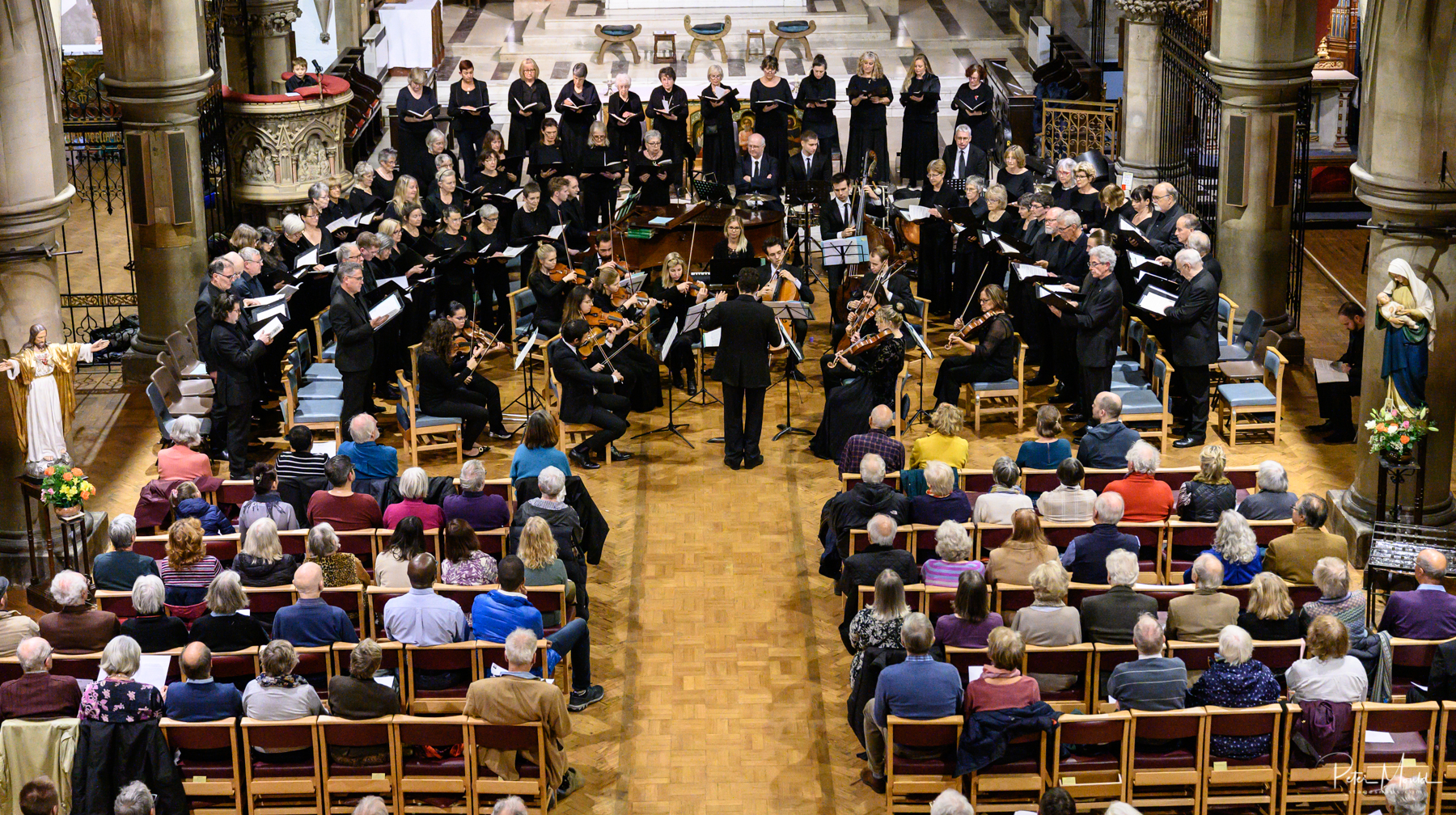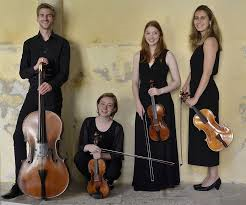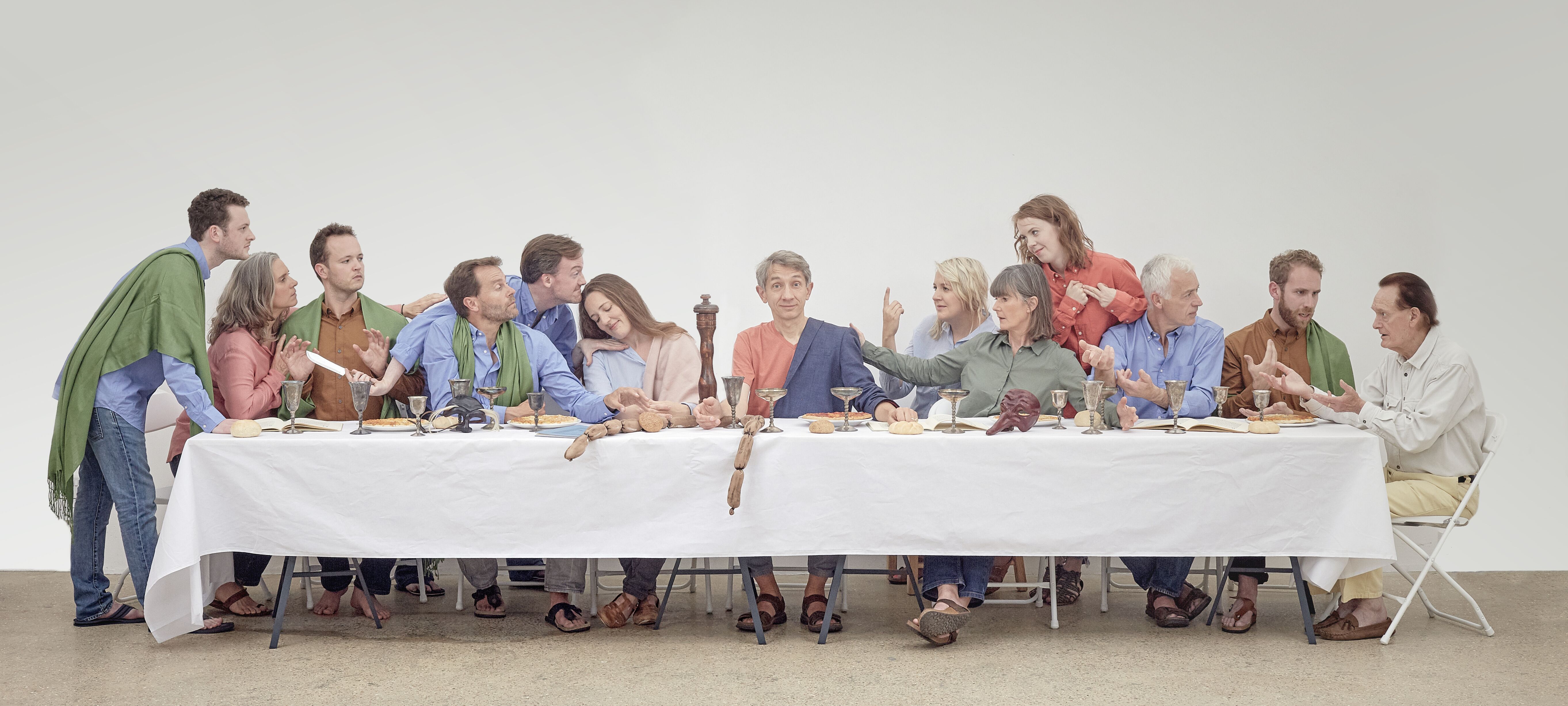Congress Theatre, Eastbourne, 17 November 2019
A Sunday matinee of La Belle Helene should be a delightful and engaging way of spending the afternoon. That it was not entirely so was as much a problem with the work itself as with Jeff Clarke’s updating. The recent revival of Orpheus in the Underworld for ENO suffered the same problems – and these have not been true of revivals of G&S, many of which are finding new and younger audiences who revel in Gilbert’s gentle undermining of English pomposity.
Offenbach horrified his original audience by sending up the Greek myth and thus upsetting the intellectuals who placed so much store on antique values. Offenbach shows the heroes of the Trojan War for a shifty lot with dubious morals and a great deal of narcissism. This comes over well in Jeff Clarke’s version but does not quite hang together with the umbrella setting of rival tour parties and a vaguely ancient archaeological site. Some updated references hit the mark but the inclusion of trans-gender jokes and a song about Viagra seemed ill-placed.
We are never quite sure where we are, or in what period. All we can do is go along with the singing as it progresses. Luckily much of this is excellent with Hannah Pedley a strongly focussed Helen, a fine foil for Anthony Flaum’s slippery Paris. Paul Featherstone and Charles Johnson are little more than caricatures as the two kings, though Robert Gildon bluffs his way through resourcefully as Calchas. Given the contemporary references elsewhere, there was considerable scope here for anti-clerical jokes but they were not in evidence. Of the small roles Jennifer Clarke was outstanding as Bacchis. The chorus sang well but often seemed ill at ease in the larger spaces available to them. The small orchestral forces were well balanced though the size of the Congress made the strings sound rather thin. Toby Purser kept his forces together well both in the pit and on stage.
This was a joint production between New Sussex Opera and Opera della Luna, both of whom are well established and have done much excellent work in the past. NSO return next spring with a new production of Handel’s Acis and Galatea.

